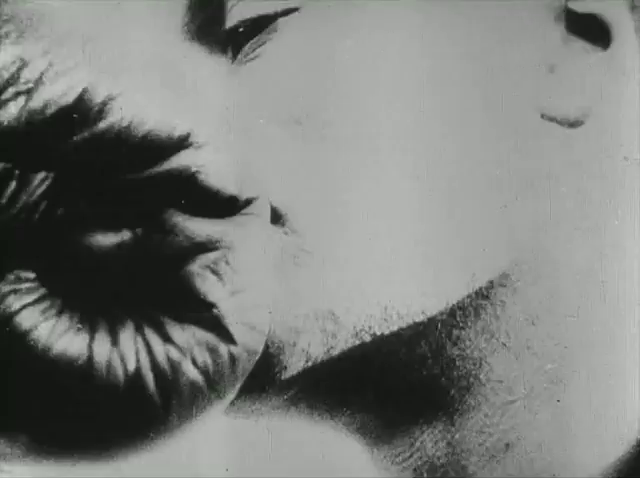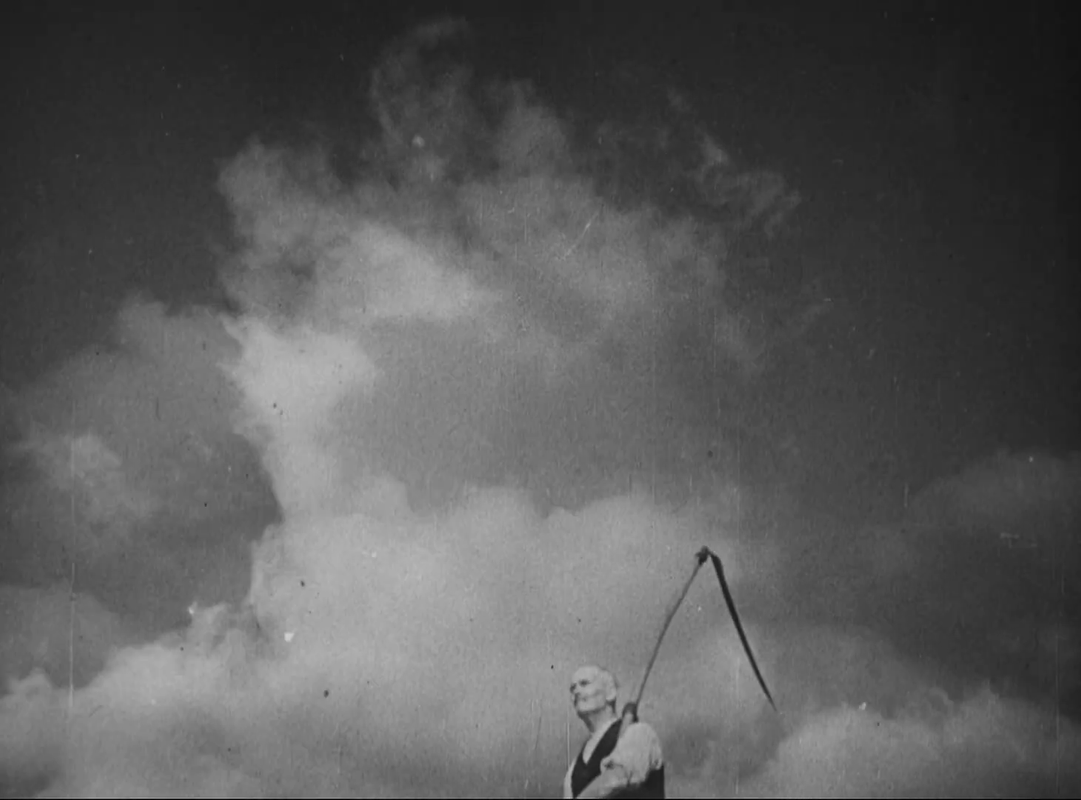“But this art of total synthesis that is Cinema, this fabulous newborn of Machine and Sentiment, is beginning to cease its moans and is entering its infancy. Its adolescence will soon arrive, seize its intelligence, and multiply its dreams; we ask that we hasten its development, precipitate the advent of its youth. We need Cinema to create the total art toward which the other arts have always tended.“Combat de boxe (Charles Dekeukeleire, 1927)
Jun
30
Mike Tyson – 1966

One of the fighters receives a direct hit. The camera is so close that we see abstract shapes, texture and contrast before recognising the scene. DP: Antoine Castille.
A [favourite] athlete in a film role for Mike Tyson's birthday
– Ricciotto Canudo, Gazette des sept arts, 1923 (via)
The match you see is real, between two actual fighters. Paul Werrie's rhythmic poem served as the basis. Everything else is illusion made flesh with what was available. An empty painter's studio, a few friends, footage of a crowd, a deep comprehension of the Kuleshov effect and rapid Soviet-style editing. Dekeukeleire places us from the safe world of the spectator right in the line of fire. But there's no release like in James Williamson's The Big Swallow (1901). Without that gimmick, cinema enters Canudo's realm, as the seventh art.
CharlesDekeukeleire
De tweede politieagent: “Jean, hebt ge ze?” [het spel vertraagt]Het kwade oog [Le mauvais oeil / The Evil Eye] (Charles Dekeukeleire, 1937)
Feb
4
Farmers Day

A farmer in the bottom of the screen holding a scythe against an imposing Flemish sky. DP: François Rents.
In the small East Flemish villages inhabited by non-actors, where the story takes place, one day, a vagrant shows up. The villagers say he has the evil eye. Mills burned and harvest cursed, they say. The man is cursed, by a deep sense of guilt, over something from the past that slowed down time.
– Herman Teirlinck, De vertraagde film (1922)
Het kwade oog occupies that small frozen moment between sound and silence. With an acute sense of what's possible in cinema, even more than in literature and theatre, Dekeukeleire applies what he had Eisenstein seen do to with his interpretation of Brecht's episches Theater (“epic theatre”).